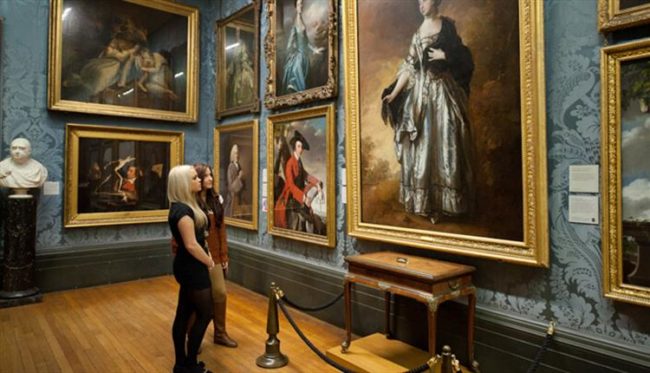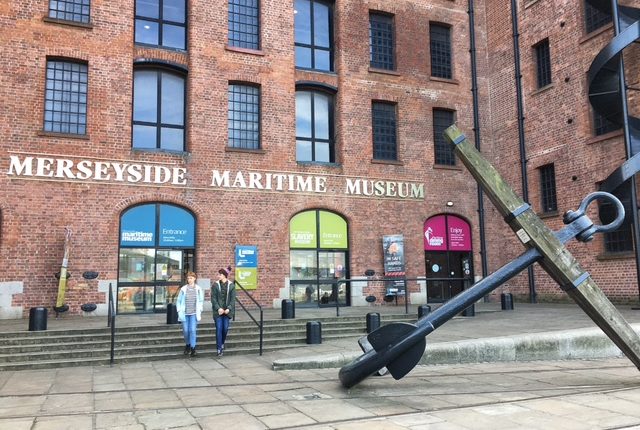National Museums Liverpool last year welcomed 3m people to its seven attractions and spent £7m on suppliers in Merseyside and across the North West, a new report reveals. Tony McDonough reports.

Liverpool city region’s free public museums and galleries contribute £53m a year to the local economy, a new report reveals.
National Museums Liverpool last year welcomed 3m people to its seven attractions – Museum of Liverpool, World Museum, Walker Art Gallery, International Slavery Museum, Merseyside Maritime Museum, Lady Lever Art Gallery and Sudley House.
This was an 11% increase on the previous year and a 360% rise since 2000.
Half of those visitors came from outside of the city region with around 400,000 coming from overseas.
The report also revealed that the organisation contributes more than 1,200 jobs locally, and supported the local economy further in 2015/16 by spending £5m on suppliers in the North West and £2m in the Liverpool city region.
Dr David Fleming, director of National Museums Liverpool, said: “The report is titled Making a Difference, and while National Museums Liverpool is widely recognised as making a huge difference socially, its economic successes are often overlooked.
“We are the largest cultural organisation in the North West and operate on a national and international level, and this report does a great job at highlighting exactly how much we contribute to the local economy and wider region.”
The report also highlighted that 77% more schoolchildren are visiting Liverpool’s museums and galleries than in 2004, and the 163,000 that visited in 2015/16, came from 75% of all Liverpool city region schools.

David added: “At a time when other national museums are reporting drops in visitor figures and a decline in educational visits, it’s very heartening to see that we’re moving in a more positive direction here in Liverpool.
“Not only are young people still visiting to learn and be inspired by our collections, exhibitions and activity programmes, but people from all over the world are continuing to come to the city to experience what we have to offer.”
National Museums Liverpool has also taken major steps to achieve better health and social inclusion for those living with both physical and mental disability.
One of its most significant social impacts is the House of Memories dementia awareness programme, training more than 11,000 people to date.
The ambition to make House of Memories services available in every care setting across the UK is beginning to be realised with a national roll out.

